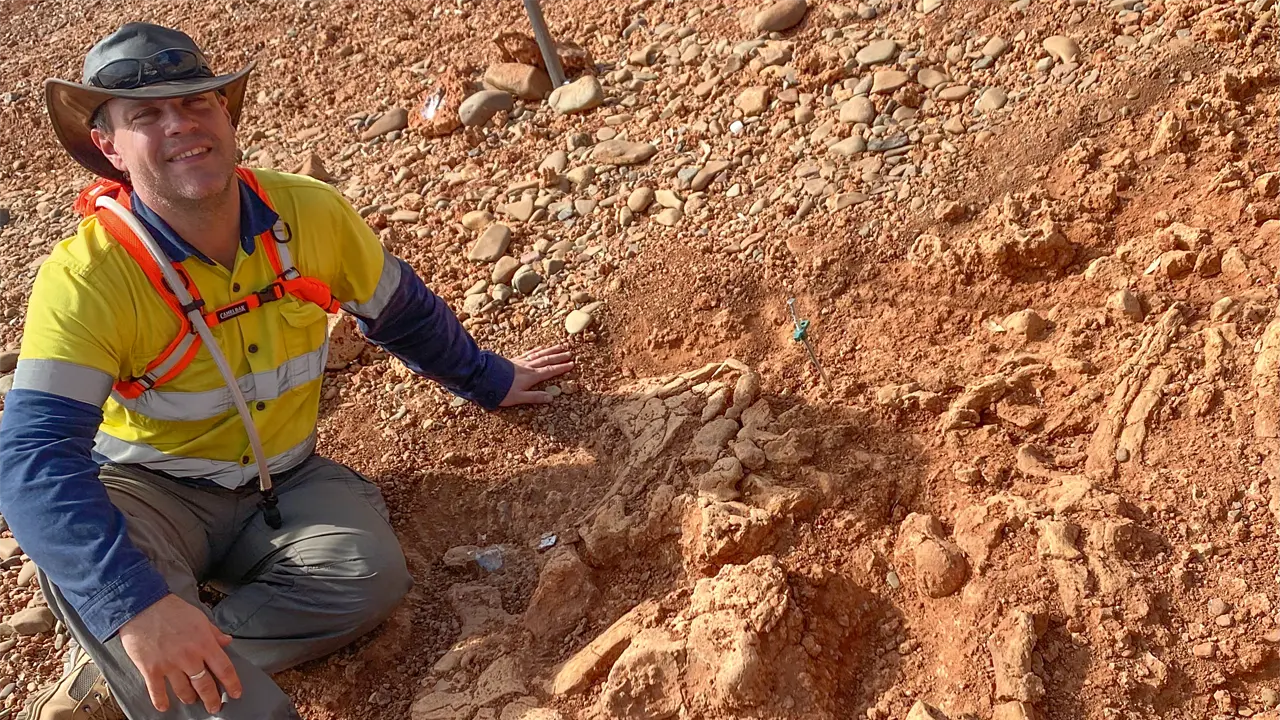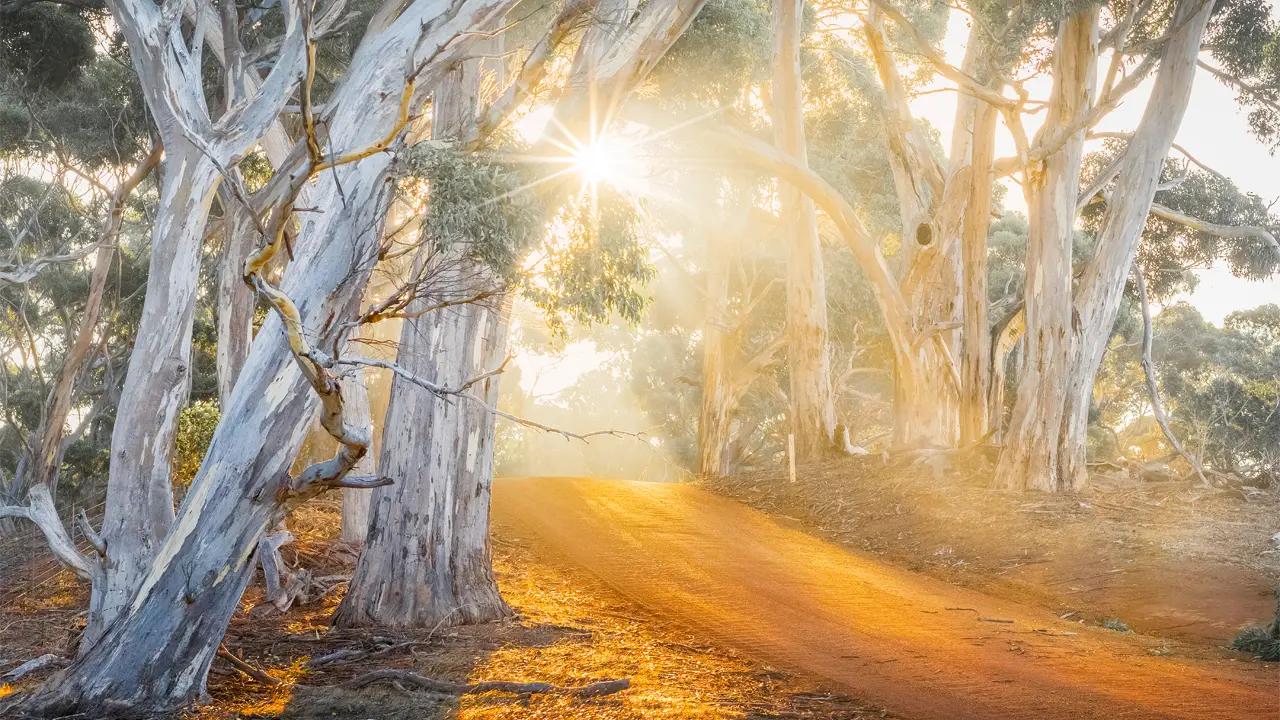Australia’s feral camel herd is increasingly being harvested into commercial opportunity.
Story By Carly Lubicz
After three days of solid rain in Blackbutt, Qld, the ground has turned to slippery mud soup and the guests of honour – with their soft-padded desert-faring feet – look slightly put out. Not that they’re showing any signs of complaining. Secured in the yards at the inaugural Queensland Camel Field Day, this herd of 20 are ambassadors for a fledgling industry, along with camel stalwarts who have travelled from interstate and overseas to represent a trade that’s beginning to gain traction.
Introduced to our pastoral landscape in the mid 1800s, Australia’s feral camel population has been in the international spotlight in recent times due to a $19 million four-year Australian Feral Camel Management Project (AFCMP). The project, with its 19 stakeholders, is charged with reducing the feral population in arid rangelands in order to alleviate the damage they’ve caused to native plants and animals. While initial estimates predicted the population to be more than a million camels, new survey data has revised that figure to 750,000. The company managing the AFCMP, Ninti One, attributes this drop to the 85,000 camels removed under the plan (about 70,000 via aerial culling and 15,000 via commercial removal) combined with high mortality rates during the 2006 drought.
The AFCMP is scheduled to wrap up in June 2013, but Ninti One managing director Jan Ferguson says there is still work to be done. “We believe there are around 750,000 camels and we’re certainly making a significant dent in that in this project, but all of the science suggests that number of camels is not a sustainable number,” she says. “We’ve started to talk to the partners in this project about long-term camel management, looking at what kind of investment is needed to get this population to be reduced even further to more sustainable levels.”
Ninti One’s ultimate aim is to reduce feral-camel population density to less than 0.1 per square kilometre over much of the animal’s range. “This will only ever work if we have all the series of valid approaches working together to remove camels from the landscape,” Jan says. “Sometimes that will be commercial industry and sometimes that will be [culling] because they are congregating and the damage is too great … it’s about an integrated approach, allowing landowners to have a choice about what they want to do on their particular land and then working with them with the overall aim – regardless of what the approach is – to reduce the number of feral camels in Australia.”
This story excerpt is from Issue #86
Outback Magazine: Dec/Jan 2013









